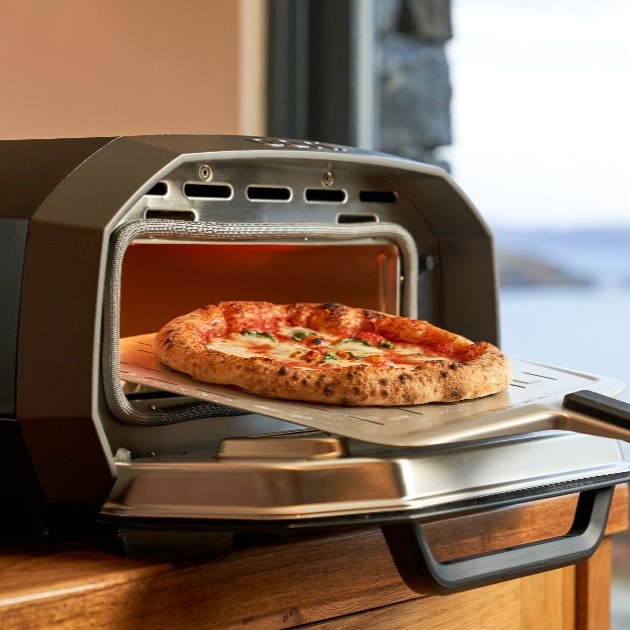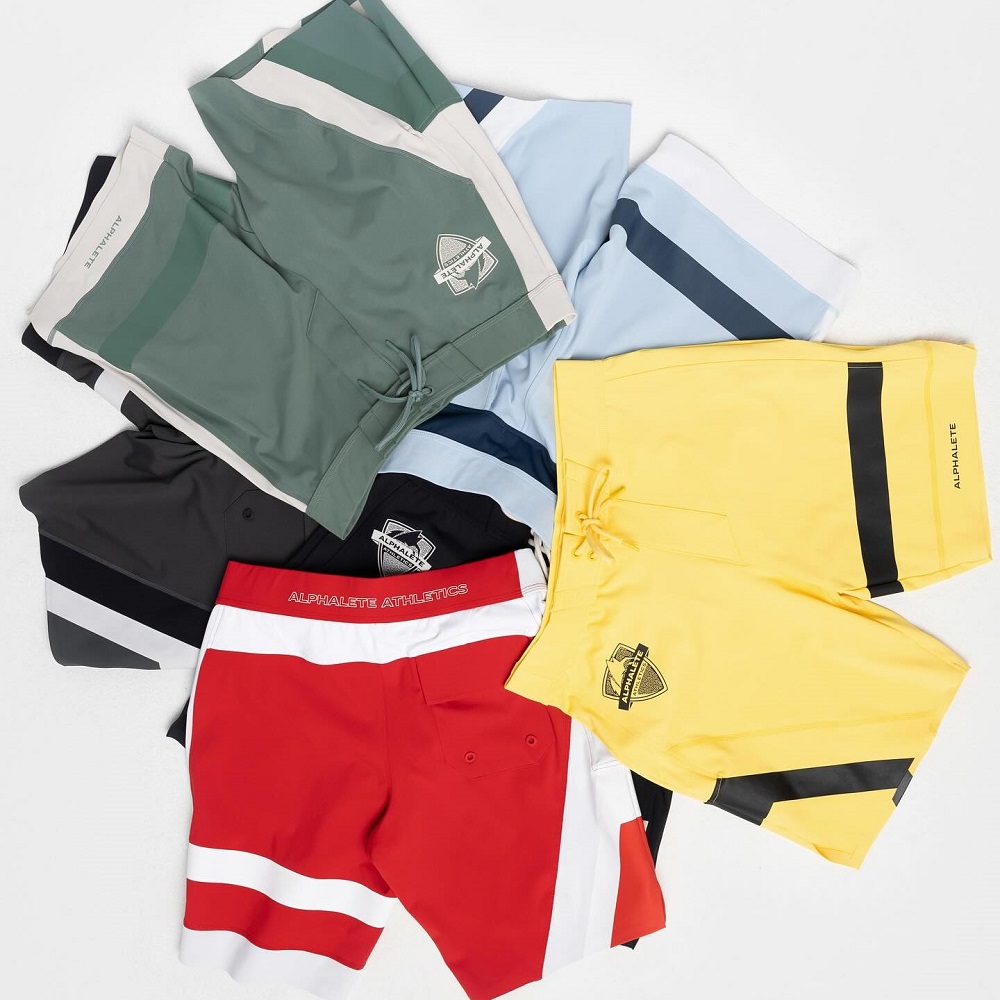How To Measure For Compression Socks – Best Guide For 2023
Table of Contents
The prospect of how to measure for compression socks can seem difficult. There are different techniques for measuring for compression socks, and getting accurate measurements are crucial to making sure your compression socks work properly. In this guide, we’ll go through what compression socks are, why measurements are important, and how to measure for compression socks.
What Are Compression Socks?
Compression socks apply gentle pressure to encourage healthy circulation. They’re designed to promote increased blood flow from an individual’s legs to their heart. Compression socks have numerous benefits including helping athletes recover from injury, protecting bedridden patients from blood clots, and to make standing all day comfortable for people like nurses and hospitality workers. This is just the tip of the iceberg when it comes to the benefits to wearing compression socks.
When You Should Wear Compression Socks
We’ll go through the most common reasons for wearing compression socks, which may in fact relate to you:
- On bed rest
- During a long flight
- Sitting for extended periods of time due to work or travel
- Continuous standing
- Suffering from or having a family history of certain health conditions such as DVT and/or varicose veins
- Exercising: it is believed that compression socks can decrease muscle soreness while exercising or during post-exercise recovery
- For relief after suffering a muscle injury
How to Fit Compression Socks
Knowing the correct way for how to measure for compression socks and getting a good fit are essential for compression socks to work correctly and improve your health. If your compression socks are too tight, they can be painful and end up cutting off circulation, which would be the opposite of what they are intended for. On the flip side, if your compression socks are too loose, you won’t get any of the benefits, and you might as well just wear regular socks.
How Should Compression Socks Feel?
You’re aiming for finding compression socks that are not too tight, but not too loose, so what does that mean exactly? Compression socks are designed to fit snuggly throughout the leg. If this doesn’t clear things up, consult our guide on how tight compression socks should be.
Methods For Measuring Compression Garments
1. Consult a Professional Fitter
The most accurate way to measure compression socks is to consult a professional fitter. Retail stores that carry compression socks have fitters that would take all your measurements and advise you on size. Generally, if you’re getting prescription compression socks, the doctor will measure you for the socks and specify the measurements on the prescription to be ordered by the pharmacy.
2. At-Home Measurements
Measuring for compression socks at home only requires a tape measure, so many people opt for this method. With how to measure for compressions socks at home, you have to know the type of compression garment you’ll be purchasing and at which length.
How to Measure Compression Socks & Stockings
Working out how to measure for compression socks for the first time can be tricky. Methods are different for each type of sock. We’ll start with the most common lengths for compression socks: knee high and thigh high.
Before attempting this with any type of compression garment: measurements should be taken first thing in the morning, as our legs naturally swell during the day. Ankle measurements are always completed first.
Knee High Compression Socks
Knee high compression socks generally fall a few inches below the knee, like regular knee socks. Compression stockings that reach the knee can help prevent swelling in your feet and ankles. For knee-high compression socks, you’ll need to find the circumference of your ankle, the circumference of your calf, and the length of your calf. Follow these steps on how to measure for compression socks that are knee high:
- Circumference of your ankle: loop the measuring tape above your ankle bone, on the most narrow part of your ankle
- Circumference of your calf: loop the measuring tape around the widest part of your calf
- Length of your calf: sit in a chair with your legs in an “L” shape, then measure between where your knee bends and the floor
- Repeat on the other leg
Thigh High Compression Socks
Thigh high compression socks generally fit a few inches below the top of the thigh. If you are below average height and the socks go above the knee, simply fold the socks down to thigh level (do not bunch them). You’ll need to find the circumference of your ankle, calf, and thigh, then the length of your leg.
- Circumference of your ankle: loop the measuring tape above your ankle bone, on the most narrow part of your ankle
- Circumference of your calf: loop the measuring tape around the widest part of your calf
- Length of your calf: sit in a chair with your legs in an “L” shape, then measure between where your knee bends and the floor
- Circumference of your thigh: loop the measuring tape around the widest part of your thigh
- Length of your thigh: measure from the top of your thigh to the floor
- Repeat the process for the other leg
Compression Stockings & Panty Hose
Compression stockings and pantyhose cover the entirety of your legs, much like women’s nylons do. They provide further benefits to leg circulation and can be prescribed by a physician. If you plan to do the measurements yourself, note that the instructions for measuring thigh high compression socks are the same for stockings & pantyhose.
Choosing the Right Pressure Gradient
It’s important to choose the right pressure gradient when learning how to measure for compression socks, stockings, and pantyhose. A doctor can definitely advise you on which level is best for you, but you can easily determine this yourself. We’ve created a useful guide for compression gradients:
Compression Therapy Guide
| Compression Level | Compression Gradient | Recommended For |
| Mild | 8-15 mmHg | Prolonged periods of sitting or standing; pregnant women |
| Medium | 15-20 mmHg | First time compression socks users; varicose and spider veins |
| Firm | 20-30 mmHg | Moderate to severe varicose veins; post-surgical and post-sclerotherapy |
| Extra Firm | 30-40 mmHg | Severe varicose veins |
| RX | 40-50 mmHg | Serious venous diseases |
Prescription vs Non-Prescription Compression Garments
There are differences between prescription and non-prescription compression socks that are important to consider:
Compression socks of 20 mmHg or above need to be prescribed by a healthcare professional.
Non-prescription compression socks are usually used for travel or comfort, or for tired legs, rather than to help with more serious health conditions
There are many different tests a doctor may do to determine if you need prescription compression socks, including ultrasounds and a family history.
It’s recommended that first time users of compression socks should stick to a medium compression level, unless a physician recommends a different level.
How to Size Compression Socks
There are a variety of sizes offered for compression socks. Compression socks come in both men’s and women’s sizes, but they also come in specific calf sizes for a better fit. Generally, compression socks come in size extra small, small/medium, and large/extra-large. These sizes correspond to shoe sizes:
Compression Socks Size Chart
| Sock Size | XS | S/M | L/XL |
| Women | 5-8 | 8-10 | 11-14 |
| Men | 5-7 | 8-10 | 11-13 |
| Calf Size | 10’’-13’’ | 13’’-16’’ | 16’’-20’’ |
Advisory: Who Should Not Wear Compression Socks
There are some people who have health concerns that make them unsuitable candidates for compression socks. These are health conditions that may prevent you from wearing compression socks:
- Elderly people with senile purpura
- People with arterial disease
- Oozing dermatitis
- Peripheral neuropathy
- Heart failure
- Phlebitis
If you have any of the above health conditions, you should get the go-ahead from a healthcare professional before wearing compression socks. Otherwise, you’re good to go!
How to Wear Compression Socks and Stockings
Putting on compression socks can be a little tricky. We have an in-depth guide for putting them on, but here’s a quick run through in case you’re in a hurry:
- Unlike a regular sock, you’ll have to put your arm all the way into a compression sock
- Then, you’ll have to pinch the heel of the sock and turn it inside out
- Next, put your foot in the bottom of the sock, and start rolling it over your feet; make sure the fabric is smooth across your leg
If you have trouble getting compression socks on yourself, or can’t put them on yourself, you can use a stocking donner. This is a type of metal frame you can roll your compression sock over, so you can place your foot directly in the sock. It takes the guesswork out of putting on compression socks!
Where to Buy Compression Socks
Soxy compression socks are known to be the best for several reasons. They are very reasonably priced compared to other brands on the market. Each pair is priced at $24, with regular MSRP at $49. Soxy offers 15-20 mmHg compression socks in Small (5-8) and Large (9-13), which are made of high quality cotton.
In addition to possessing all the circulation-benefiting elements of regular compression socks, Soxy compression socks are designed with incredibly soft and breathable material. They feature rip protection, used to double re-enforce areas that experience the most friction and tear. Our compression socks are for anyone in any stage of life! You can go with classic plain or striped, or fun and cute designs.
We Can All Benefit From Compression Garments
There are tons of different ways you can benefit from wearing compression socks and other compression garments. Whether you’re a marathon runner, nurse, teacher, athlete, expectant mother, world traveler, or are recovering from injury,
Compression socks can help prevent swelling, particularly from travel, stop varicose veins, and help during pregnancy. Compression socks are especially beneficial for athletes, sedentary workers, people who just had surgery, and frequent travellers.
Figuring out how to measure for compression socks properly can be a struggle, but if you do work carefully and follow our guide, you can easily know how to measure for compression socks and the size you need, so you can improve your health and live your best life!








